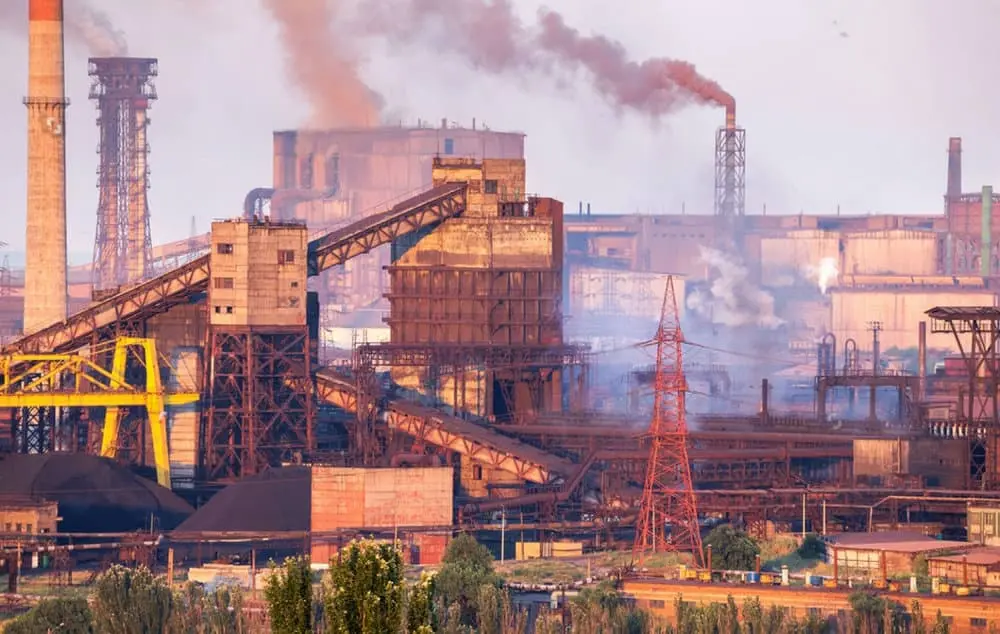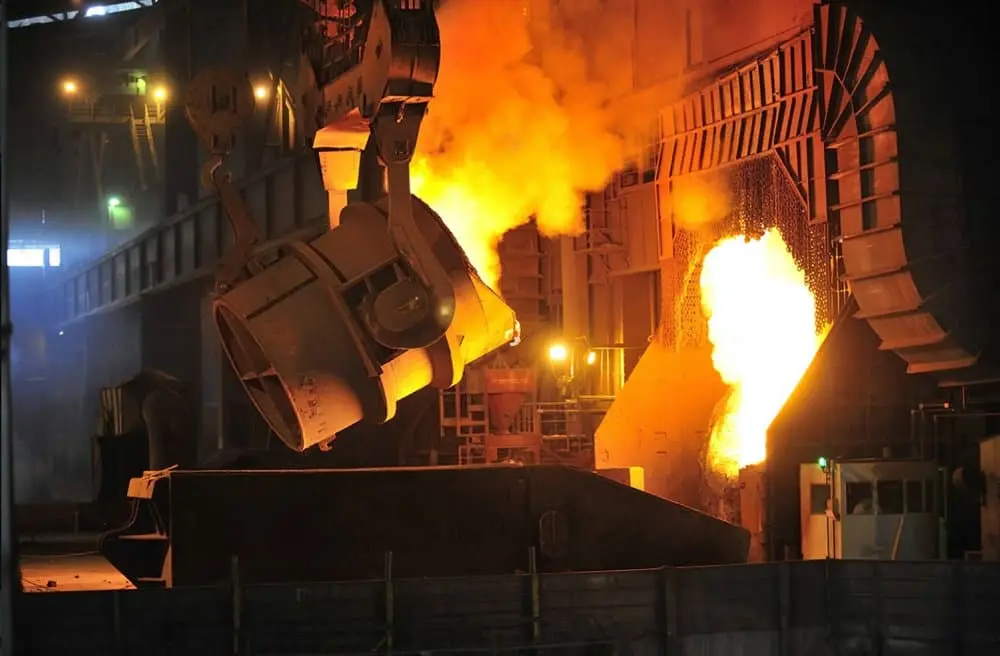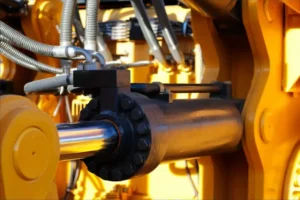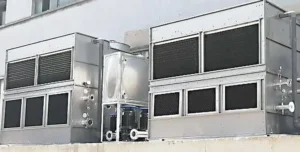Introduction to Cast Iron Melting Furnaces
Cast iron melting furnaces are essential tools in metalworking, providing the heat necessary to melt cast iron for various applications. These furnaces have been a cornerstone of metallurgy for centuries, evolving from simple pit furnaces to sophisticated industrial equipment. In this blog, we’ll explore the different types of cast iron melting furnaces, their setup and maintenance, and the many ways they are used in manufacturing.

Types of Cast Iron Melting Furnaces
Cupola Furnaces
Cupola furnaces are one of the oldest types of melting furnaces. They use a cylindrical shaft lined with refractory material, where coke, a type of carbon fuel, is used to melt the iron. These furnaces are popular for their high melting capacity and efficiency.
আনয়ন চুল্লি
আনয়ন চুল্লিগুলি তাপ এবং ধাতব গলে বৈদ্যুতিন চৌম্বকীয় আনয়ন ব্যবহার করে. They are known for their precise temperature control and are often used for melting smaller quantities of metal with high purity requirements.
Electric Arc Furnaces
Electric arc furnaces use an electric arc between electrodes to melt the iron. These furnaces are highly efficient and can reach very high temperatures, making them suitable for large-scale production.
Choosing the Right Furnace for Your Needs
Selecting the appropriate furnace depends on several factors, including the scale of your operations, budget, and specific requirements for the metalwork. এই ক্ষেত্রে, cupola furnaces are ideal for large-scale production, while induction furnaces are perfect for smaller, precision tasks. Consider the size, দক্ষতা, cost, and environmental impact when making your choice.
Setting Up Your Cast Iron Melting Furnace
Safety is paramount when working with high temperatures and molten metal. Ensure you have the necessary safety gear, including heat-resistant gloves, face shields, and protective clothing. Your workspace should be well-ventilated, with proper fire safety equipment on hand. অতিরিক্তভাবে, you’ll need essential tools such as tongs, ladles, and molds for handling and shaping the molten iron.

The Melting Process: A Step-by-Step Guide
- Preparing the Furnace: Before starting, check the furnace for any signs of wear or damage. Ensure all safety systems are functioning correctly.
- Loading and Melting the Cast Iron: Load the furnace with the raw material and fuel (if required). Heat the furnace to the desired temperature, typically between 1,200 এবং 1,500 ডিগ্রী সেলসিয়াস.
- Pouring and Molding Techniques: Once the metal is fully melted, carefully pour it into molds. This step requires precision to ensure the final product meets quality standards.
Maintaining Your Cast Iron Melting Furnace
Regular maintenance is crucial to prolong the life of your furnace and ensure safe operation. This includes routine cleaning to remove slag and other residues, inspecting the refractory lining for wear, and checking the electrical components if you’re using an electric furnace. Promptly address any issues to prevent costly repairs or accidents.
Innovations in Cast Iron Melting Technology
The field of metal casting has seen significant innovations, including more energy-efficient furnace designs and environmentally friendly practices. Advances such as computer-controlled melting processes and waste heat recovery systems help reduce energy consumption and emissions, making metal casting more sustainable.
Applications and Uses of Cast Iron Products
Cast iron is a versatile material used in various industries, from automotive to cookware. Its excellent heat retention and durability make it ideal for engine blocks, পাইপ, and architectural components. এছাড়াও, cast iron cookware remains a popular choice for chefs worldwide due to its superior cooking properties.
Frequently Asked Questions
- How Hot Does a Cast Iron Furnace Get?
Cast iron furnaces typically reach temperatures between 1,200 এবং 1,500 ডিগ্রী সেলসিয়াস, depending on the type of furnace and the specific requirements of the task. - Can I Melt Other Metals in a Cast Iron Furnace?
Yes, cast iron furnaces can melt other metals, though adjustments may be needed for different melting points and material properties. Always consult the furnace specifications and guidelines when melting non-iron metals.
উপসংহার
Cast iron melting furnaces are invaluable tools for anyone involved in metalworking. Whether you’re crafting industrial components or artisanal pieces, understanding the different types of furnaces and their operation is crucial. Remember to prioritize safety and stay informed about the latest technological advancements in the field. Happy casting!







